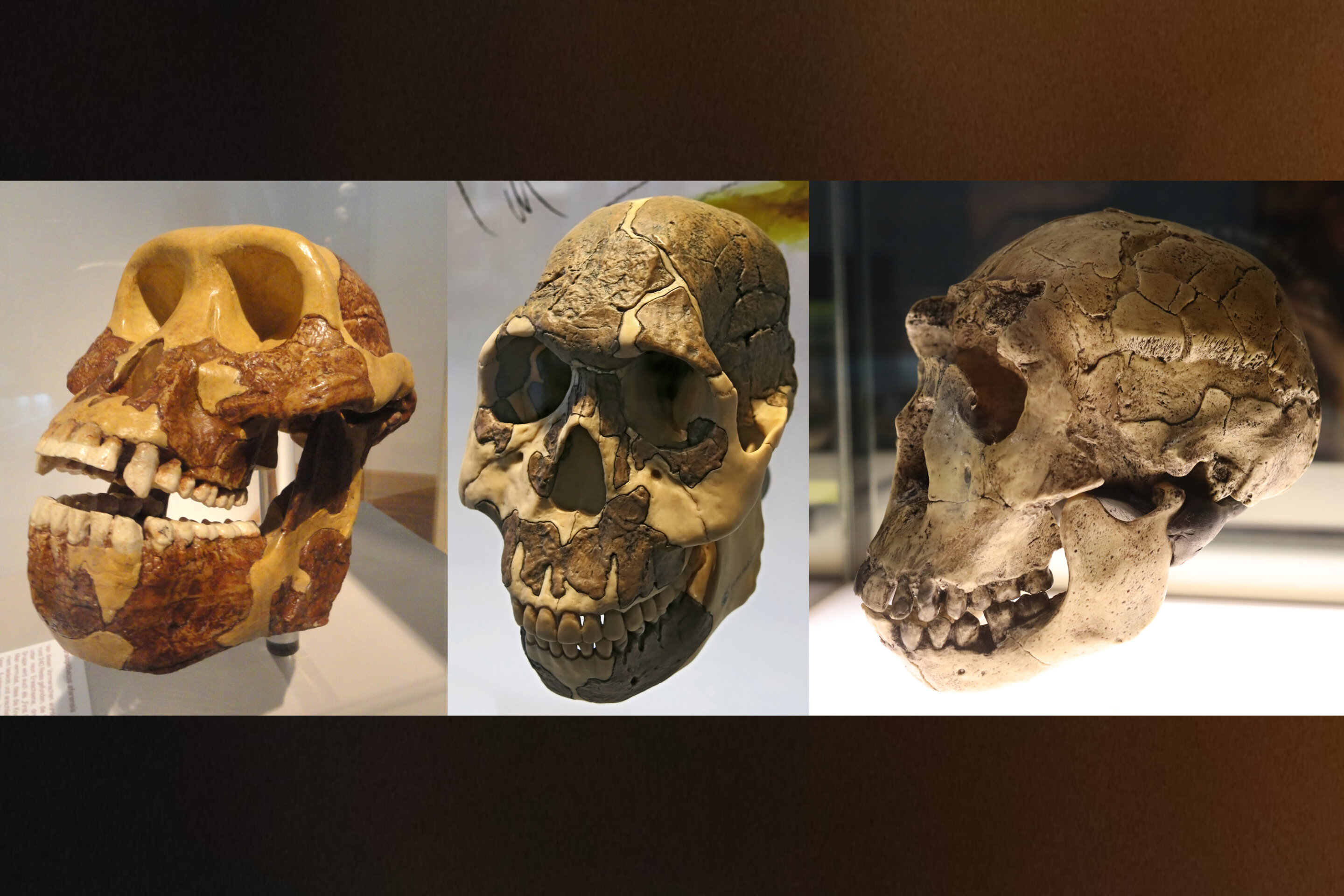Follow us on Google News (click on ☆)
Around 3.8 million years ago, hominids like Australopithecus afarensis began incorporating graminoids into their diet. These tough, nutrient-rich plants were not yet suited to their dental structure.

Credit: Don Hitchcock; Fernando Losada Rodríguez
Researchers analyzed carbon and oxygen isotopes in fossilized teeth to trace this dietary transition. They discovered that hominids consumed these plants long before their teeth adapted to chew them efficiently—a lag of nearly 700,000 years.
This behavioral flexibility was a key advantage in hominid survival. It shows that behavioral changes can precede and even drive morphological adaptations, rather than the other way around.
By 2.3 million years ago, Homo rudolfensis began exploiting underground plant organs, such as tubers. This dietary innovation marked a turning point in human evolution, providing a richer and more reliable energy source.
Hominid teeth eventually evolved to better suit this new diet, becoming longer and more efficient at grinding plant tissues. This adaptation allowed our ancestors to maximize nutrients from their environment.
Isotopes reveal hominid dietary habits
Carbon and oxygen isotopes in fossilized teeth serve as chemical markers of diet. They help distinguish the types of plants consumed.
These analyses revealed a shift toward graminoids millions of years ago. This method offers a unique window into past dietary behaviors, independent of morphological clues. Changes in isotope ratios also indicate adaptations to new water and food sources.
This approach complements traditional morphological studies, providing a more complete picture of hominid evolutionary history.